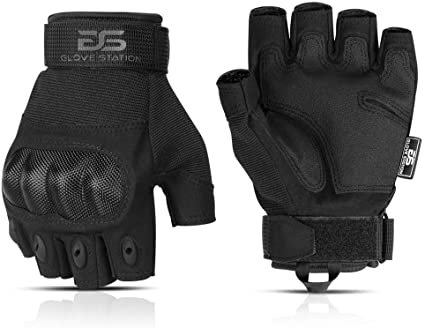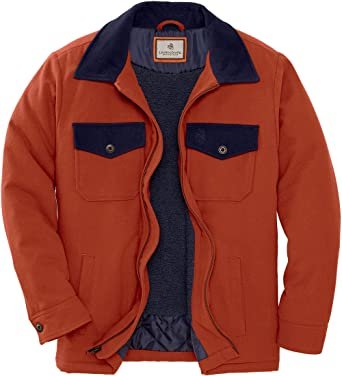Who said camping in the warmer months has to be uncomfortable? With one of the best tent air conditioners on the market, you can go camping at any time of the year.
You might be questioning the need to bring along a camping air conditioner. But, when you think about how some nights can reach temperatures in the 80s, leaving the tent windows or roof open isn’t going to do much.
Tent air cons help to actually reduce temperatures inside the tent, rather than a regular fan which blows around existing stale hot air. Even when conditions outside aren’t that warm, things can get stuffy in a tent – fast.
Table could not be displayed.They keep smaller tents at a comfortable temp, but they’re also essential for larger tents with more people, as this translates to more body heat. Plus, when the campsite doesn’t have power access, you can use a battery powered air con instead.
Today we’ve highlighted the 10 best portable air con for tents, so have a look around and discover the perfect one for your next trip.
Page Contents:
1. Evapolar evaLIGHT Personal Evaporative Air Conditioner
The evaLIGHT is like the big sister of the previous unit from this brand. It’s certainly on the pricier side, but it’s no surprise considering the plethora of user-friendly features that have been added on. One of the standout features for us is the control mechanism. It’s located at the top, and acts like a circular thermostat where you choose your desired temperature by sliding around the knob with one finger.
It uses an incredibly small amount of power, just 10W, making it an energy efficient option. Power it by using a USB connection from a battery pack, computer, or outlet. One filled water tank gives you 6 hours of operation, so you can use it to keep your tent cool and reduce the temperature down overnight.
Another function that the control knob has is color control for the light on the side of the device. It’s quite a strong nightlight that’s great for camping, because you don’t need to use a separate lantern.
Key Features:
- Stylish & Compact Design
- USB Rechargeable with 6 Hour Runtime
- Humidifies, Cools & Purifier
2. Honeywell Portable Evaporative Air Conditioner
Producing up to 729 CFM (cubic feet per minute) of cool airflow, this unit from Honeywell can be used both indoors and outdoors to lower the temperature. It’s even got a GFCI plug, which senses any electrical faults. Weighing 24.9 lbs, we recommend this model for car camping if you’re looking to use it inside a tent. With wheels at the base, you can move it around smaller areas with ease.
UV resistant material ensures you can leave it out in the sun without fear of damage. Although it uses water to cool things down, it doesn’t produce a wet mist. The water tank is removable, making it a straightforward process to refill. It plugs into standard wall outlets and is somewhat energy efficient since it’s got a low power consumption of 288 watts.
For the best outcome in a tent or at home, make sure to open the windows for ventilation to avoid over-humidifying your space. To operate the controls, there’s a handy little remote. You can oscillate the louvers, close the shutters, and adjust the speed.
Key Features:
- 31 Mile per Hour Airflow
- GFCI Safety Plug & UV Protection
- Hose Connection & Refillable 7.9 Gallon Water Tank
3. Evapolar evaCHILL Evaporative Air Conditioner
Next is the evaCHILL from Evapolar, which has a modern design with curved edges and a contrasting thick handle for hassle-free portability. It’s basically a 3-in-1, as it cools, cleans the air, and humidifies to prevent your skin from drying out.
The unit has an airflow reach of 45 square feet, which means it will cover the size of an average bed, couch, or sleeping bag. For safety, there is a leak-proof system that ensure you don’t get puddles of water forming on your floors.
Using patented inorganic nanofibers, the unit eliminates mold spores or other bacteria, lessening the risk of allergies. There are 4 speeds to choose from in terms of airflow. To set it up, it’s a straightforward 3 step process – fill the tank, plug it into an outlet, and press the button at the top. It has a total runtime of 9 hours.
Key Features:
- Simple USB Power Supply & Low 7.5W
- One-Button Control with 4 Speeds
- Cleans & Humidifies Using Anti-Mold Nanofibers
4. AIRWIRL 3.0 Handheld Air Conditioner
The AIRWIRL 3.0 looks more like a drink bottle than an air con, making it a highly portable cooling system. It comes in 6 different pastel colors. We think it’s best suited for brief relief, like in your car, on your desk, or after exercise. The tubular shape makes it the perfect size to fit in a drink bottle bag pocket or in a handbag.
This 3.0 model is three times as powerful as their original model, using an advance air blade design that provides a stronger airflow. Simple chuck in 2 cups of ice, and it will deliver up to 40 minutes of refreshing cold air.
Using 3 AA batteries or a USB cord for power, it can reduce your surrounding air temperature by as much as 20°. There’s an auto-off function that lasts for 20 minutes, and you get 2 speed modes. A convenient handle at the top makes it easy to carry around.
Key Features:
- BPA -Free EPP Foam Insulation & Durable ABS Plastic
- Ultra-Compact & Lightweight Design
- Uses AA Batteries or USB Cord for 40 min Runtime
5. Mikikin Mini Portable Air Conditioner
The Mikikin model is a highly compact unit that can be used in tents, in your bedroom, at an office, or even outdoors. It serves more than just a cooling effect, as it can humidify the air around you. A built-in negative ion section filters out dust and other dirt particles in the air, leaving you with a clean, humidified, and cool breeze.
For power it has an integrated rechargeable battery, so you can plug it into a power bank, your laptop, or a USB charger. The runtime is around 2 to 8 hours once fully charged. 3 speed options let you control the amount of air coming out, in addition to the 120° adjustable shutter for directional control.
We like the bonus LED light that shines through the front, acting as a night light. A top leather handle makes it easy to carry around, and it only weighs 1.1 lbs. To refill the water, they provide you with an angled injection bottle.
Key Features:
- Built-In Rechargeable Battery for Cordless 8 Hour Runtime
- 3 Speed Modes & Multidirectional Shutters
- Ion Generator Cleans & Humidifies Air
6. TRUSTECH 2-in-1 Air Conditioner
Next is a budget-friendly option, which is surprisingly multifunctional considering the low price. It’s equipped with both cooling and heating capabilities, meaning you can switch between an air cooler and a heater with a quick switch of the dial.
For heating it uses a little more energy, but to cool you down it uses just 18W on low mode and 24W on high. We think it’s great for sleeping while camping, because it’s quieter than most units. It’s a little chunky in shape, but it’s easy to carry with the handle and weighs under 3 lbs.
Some other cool features we love include an auto anti-tip switch that switches off the blades if it’s pushed over, a 45° angle head pivot, and another safety system that prevents overheating.
Key Features:
- 2-in-1 Heater & Cooler with 4 Speeds
- Dual Safety Features – Overheating Prevention & Auto Power-Off when Tipped
- Low Power Consumption
7. Fuloon Personal Air Conditioner
This is another ideal option for camping, due to its dual power options and compact size. Sleek, rounded edges ensure it doesn’t take up much surface area, and it’s got a pull-up handle to move it around in seconds. A discreet side section pulls out to fill the water tank
The control center is located at the top and consists of 4 user-friendly touch buttons. Turn it on and off, choose your LED light color, turn the humidifier on or off, and control the speed. To achieve the highest speeds, the brand recommends using a power bank or outlet instead of a computer.
With the tank completely full, you can get 2.5 to 5 hours of operation when on its highest airflow speed. You can also add ice to accelerate the time it takes to cool down ambient air temperature.
Key Features:
- Large Water Tank Holds 16.23 Fluid Ounces for 5 Hour Runtime
- Humidifies & Cools with 3 Speed Modes
- LED Nightlight with 7 Colors
8. VOSAREA Portable Air Conditioner
This device from VOSAREA stands out instantly with a bright blue body on top of the water tank. It can sit flat on a desk or the ground, with a cylinder shape that takes up less space. It works by plugging it into a USB port, like in a car charger, portable charger, laptop, or outlet.
Opening the rear spot, you can fill up the water tank and add ice. We like that there’s a clear section carved out to indicate when you’ve reached full capacity. The controls are uncomplicated, with a big power button, timer selection, LED light control, and an indicator for when you need to refill.
Adjust the direction of the mist and air using the movable front shutters, and carry it without effort with the top handle.
Key Features:
- 3-5 Hour Working Time on Full Tank
- 7 Light Options & 3 Wind Speeds
- Low 24V and 18W Power Consumption
9. HAYI Personal Air Conditioner
Next up is HAYI’s portable air cooler, which features 3 wind modes and a large touch screen. This tactile display is a highlight for us because it’s so effortless to use – it’s also tempered glass which makes it more durable. To power it up, it uses a micro USB that plugs into a power bank, AC outlet, laptop, car, and so on.
A timer lets you personalize how long you’d like it to run for, with 1, 3, and 6-hour settings. The touch display shows everything very clearly. We like that each of the 3 speed modes also indicate how quiet it will be. The lowest setting runs at 25dB which is good for sleeping, while the highest at 60dB can be used for exercise.
At 8.9 inches in height and 7 inches in length, it’s rather compact and won’t take up much space on your desk, nightstand, or tent.
Key Features:
- Clean User-Friendly Touch Screen
- 6 Hour Runtime & USB Charging Capabilities
- Concise Size & Lightweight
10. Mikikin Portable Air Conditioner
This unit is slightly larger than the previous from the same brand and has a completely different design. It has a modern, cylindrical shape with a light-up water tank base. It’s perfect for use in smaller tents, especially with this light feature as it acts as a nightlight, so you don’t trip over things in your tent.
As well as a refrigeration effect, it humidifies the air to prevent dry skin, eyes, or nasal passages. It works by pulling in hot air through the back filter and uses water to generate a fine mist. There is an easy-to-read display at the top which features buttons to power on and off, set a timer, put on the light. Plus, it tells you when the water is running out.
Adjust the shutters 120° up and down for guided airflow. Refilling the tank is a smooth process using the rear opening, and the whole chamber detaches for cleaning.
Key Features:
- Large Capacity 13.53 Fluid Ounce Water Tank
- 3 Speed Settings & 7 Color Nightlight
- Simple USB Power for Low Energy Consumption
5 Top Tips for Buying a Tent Air Conditioner
1. Consider your tent size
The capacity or size of your tent will greatly determine the size of the air cooler unit you’ll need. If you’re staying in something with a capacity under 3 or 4 people, then a smaller, more compact unit will suffice. Larger than that, and you’ll probably need something bigger to cover more surface area.
Take note of the tent’s square footage and choose a model that has enough power and wind speed to cover the area you need.
2. Multifunctionality
Do you need a model that humidifies and purifies in addition to cooling? Perhaps you’d like a heater option? If you’re prone to dry skin, sinuses, or eyes, choose a model that humidifies as well. If you tend to get allergies, an air purifying option is a must. If the weather looks unpredictable for your camping trip, a 2-in-1 cooler/heater covers all bases.
3. Look at the modes and settings
Being able to manage your options in terms of airflow speed, noise levels, and light and temperature control can go a long way to ensuring you have the most comfortable experience.
A unit with temperature regulation will typically be a little more expensive than others, so something as simple as air speed control is an important feature to have. You can also get some models that show you when the water tank is low.
4. Think about the power source
Give thought to where you’ll be camping, and what kind of power will be available. Most campsites supply power outlets, so you’re practically all set. Not all sites do, though, especially if you’re remote camping, so you could bring along a power generator or use your car to charge up the AC.
5. How portable is it
Portability is a huge factor to consider, because you need to take into account where you’re camping, how you’re getting there, and how often you’ll be moving around.
If you’re car camping and have extra room in the trunk, a more heavy-duty model won’t be a problem. For those carrying their gear on their back, a much smaller, more compact option (preferably with a handle) will be much easier to transport.
Is it safe to use an air conditioner in a tent?
There are many AC units out there that are completely safe to use inside, as long as you follow the manufacturer’s instructions and ventilate when using a humidifier. Another tip if you’re worried is to keep the rear of the AC away from the tent walls, as that’s where hot air enters. Most models have a very low-level wattage, so generally won’t overheat.
How do you use an air conditioner in a tent?
Here are some guidelines for using a portable AC inside a tent:
- Leave windows open (and the ceiling exposed if that’s an option) if your AC humidifies in addition to cooling. This prevents condensation from forming and lets the air flow through much easier.
- Measure the surface area you need to be cooled and compare that to how much air is emitted from the AC. You’ll generally see airflow measurements like CFM (cubic feet per minute) or ft/s (feet per second).
- Discard and dry out any water left in the tank after use to prevent mold from forming.
- Keep it on a flat surface (unless it can hang) to prevent it from toppling over and leaking.
- Don’t overflow the water tank, as this can cause leaks.
How do you stay cool in a tent?
In addition to using an AC, there are other measures you can take to cool yourself down inside a stuffy tent:
- Assemble your tent in the shade.
- Open windows and vents during the day to let in natural breeze.
- Disassemble during very hot days, and set it back up when it’s cooler.
- Sleep without a sleeping bag on super warm nights.
- Drink lots of water and keep hydrated.
Conclusion on Tent Air Conditioners
The two main things to think about before purchasing your own camping air conditioner are your accessibility to power and the size of your tent. A tent air conditioner will make things much more comfortable while camping, helping to regulate the temperature and avoid heat exhaustion. Plus, it’s much easier to fall asleep, and stay asleep, in a cooler environment.

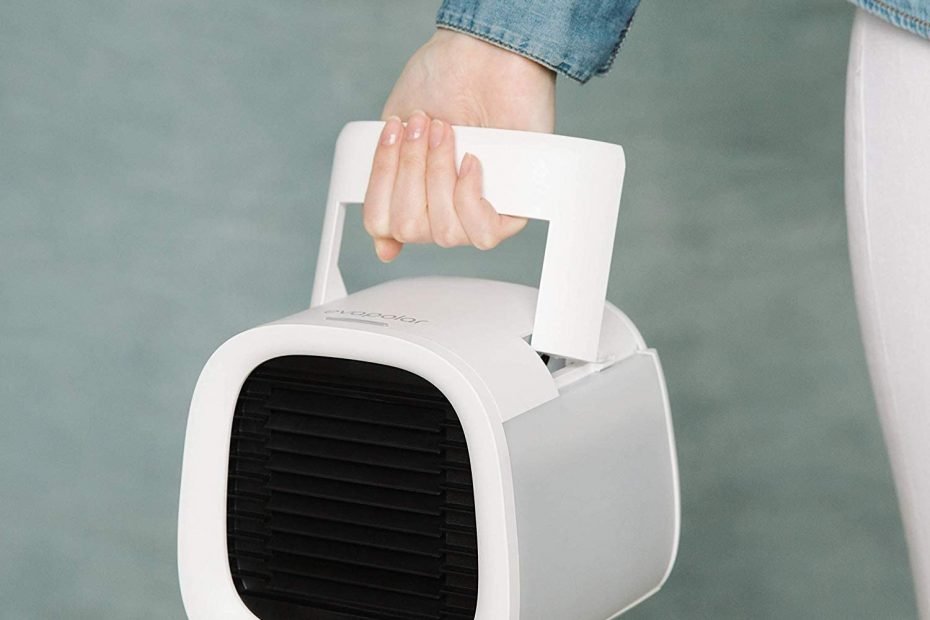
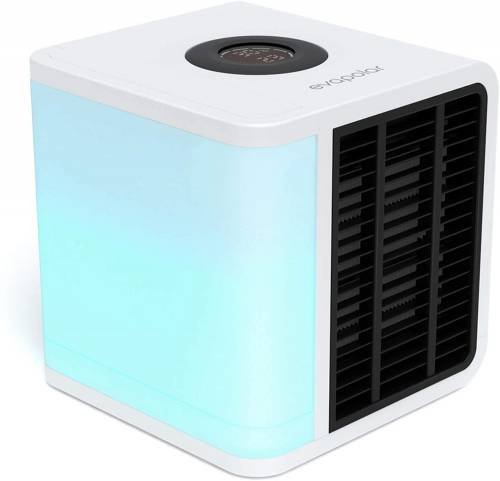
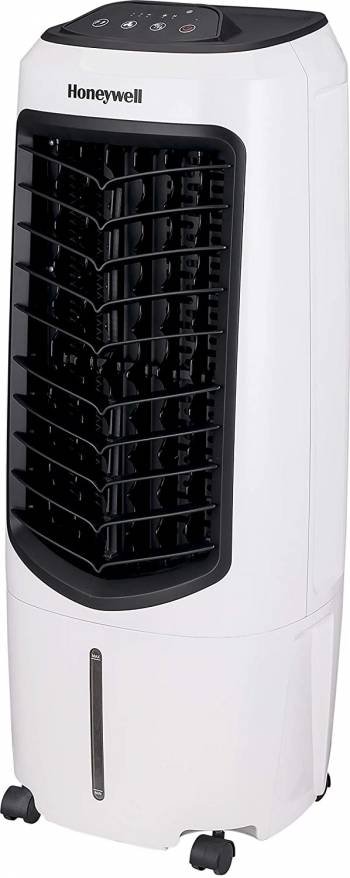
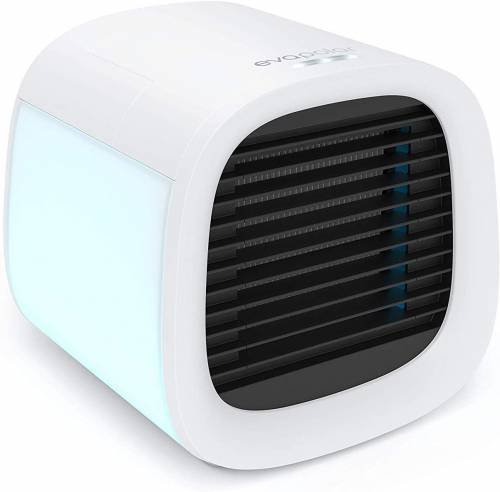
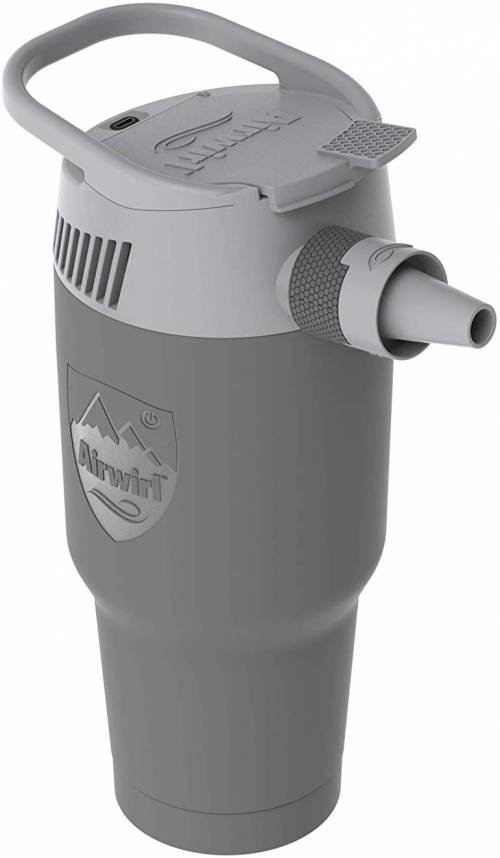

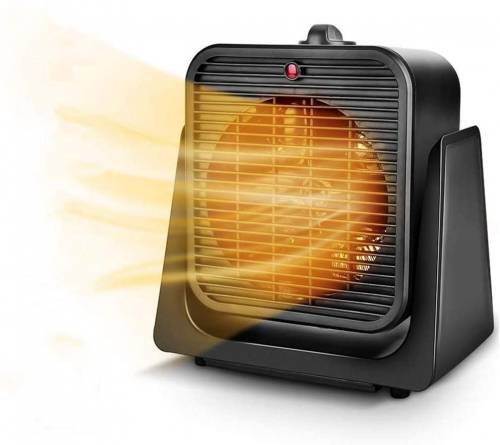
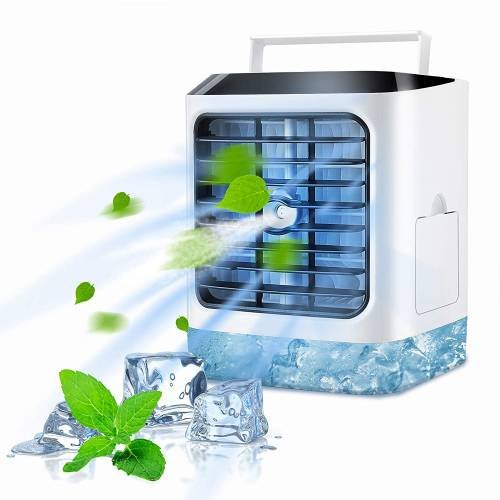
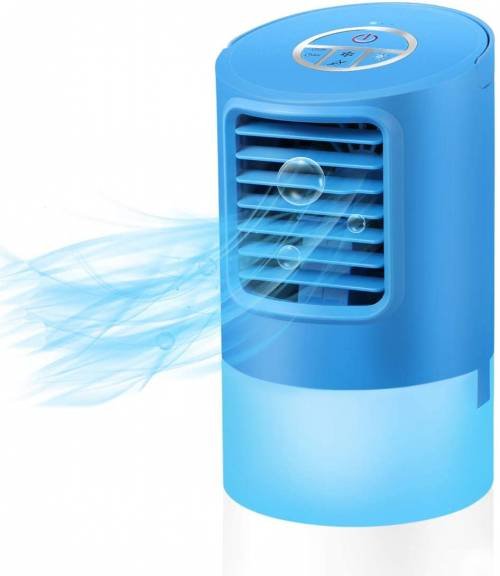
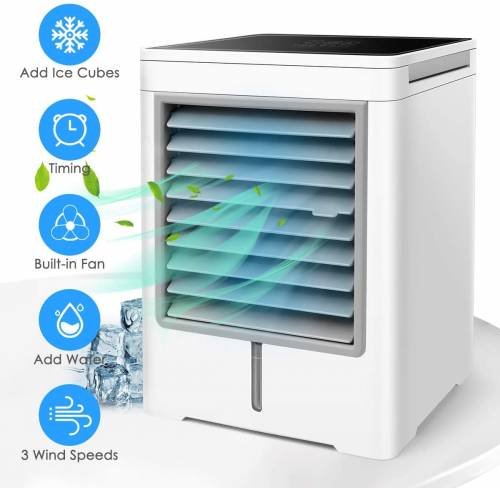
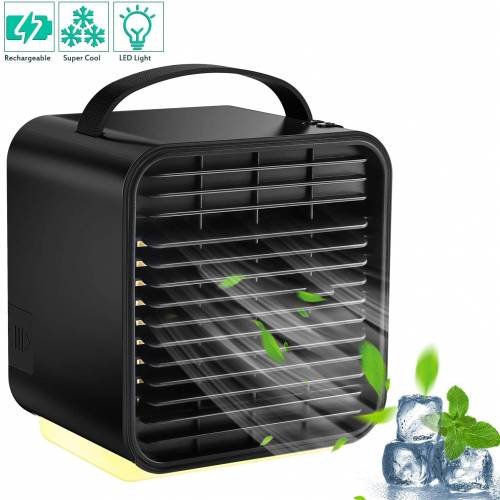
![8 Best Emergency Radios in the USA and worldwide [2021]](https://thetenthub.com/wp-content/uploads/2021/09/tentrr.jpg)
